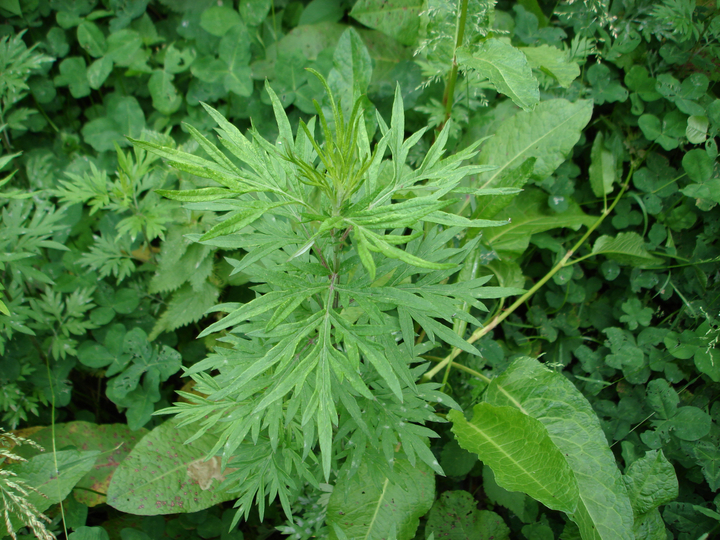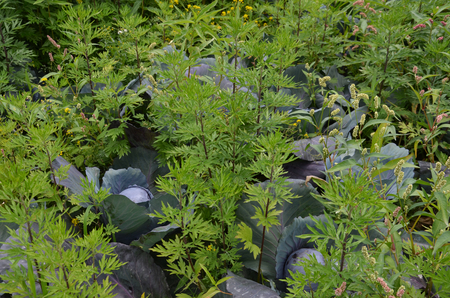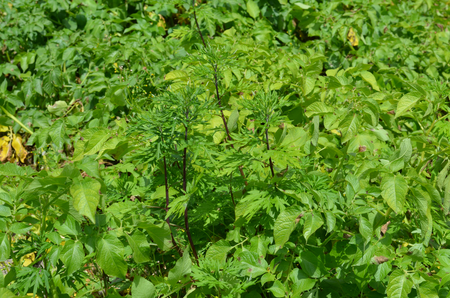Kamtschatka-Beifuß
Appearance

Kamchatka mugwort strongly resembles the native common mugwort(Artemisia vulgaris). However, there are distinguishing characteristics. Kamchatka mugwort is a perennial plant that grows up to 150 cm tall and forms long stolons. The stems are reddish and hardly branched, and therefore the species often occurs "in troops". A distinctive feature is that the species is strongly aromatic (camphor smell) and blooms very late in the year, only from October.
Distribution
Kamchatka mugwort originates from East Asia most probably from southeast China. In Austria the species was described for the first time at the end of the middle of the 20th century. The species is considered naturalized in our country and is now widespread, especially in northern Tyrol, Salzburg, and Upper Austria. There are further occurrences in and around Vienna and in the Klagenfurt basin. The warmth-loving species is spreading, as evidenced by the increase in finds in recent years. Modeling has also shown that the species will benefit greatly from climate change and that the climatically favorable areas in Austria will increase significantly. The plant mainly colonizes roadsides, ruderal areas (e.g. gravel pits), riparian areas and vineyards.
Propagation
The spread of the plants is vegetative by runners and so the plant can cover a large area in a short time. The species blooms in our country very late in the year (from October) and therefore forms seeds only in exceptional cases. The spread mainly takes place through a spread of root parts or rhizomes, with the help of contaminated root balls of garden and ornamental plants, from agricultural machinery or through floods along rivers.
Economic significance
Due to its dense populations and competitive effect, Kamchatka mugwort can suppress agricultural and horticultural crops and cause problems (yield losses). So far, the species has only been found sporadically in fields (Tyrol, Upper Austria). The edges of fields are frequently affected, but there are also observations that the species can occur en masse in crop stands.
Services
Last updated: 01.02.2024
automatically translated


